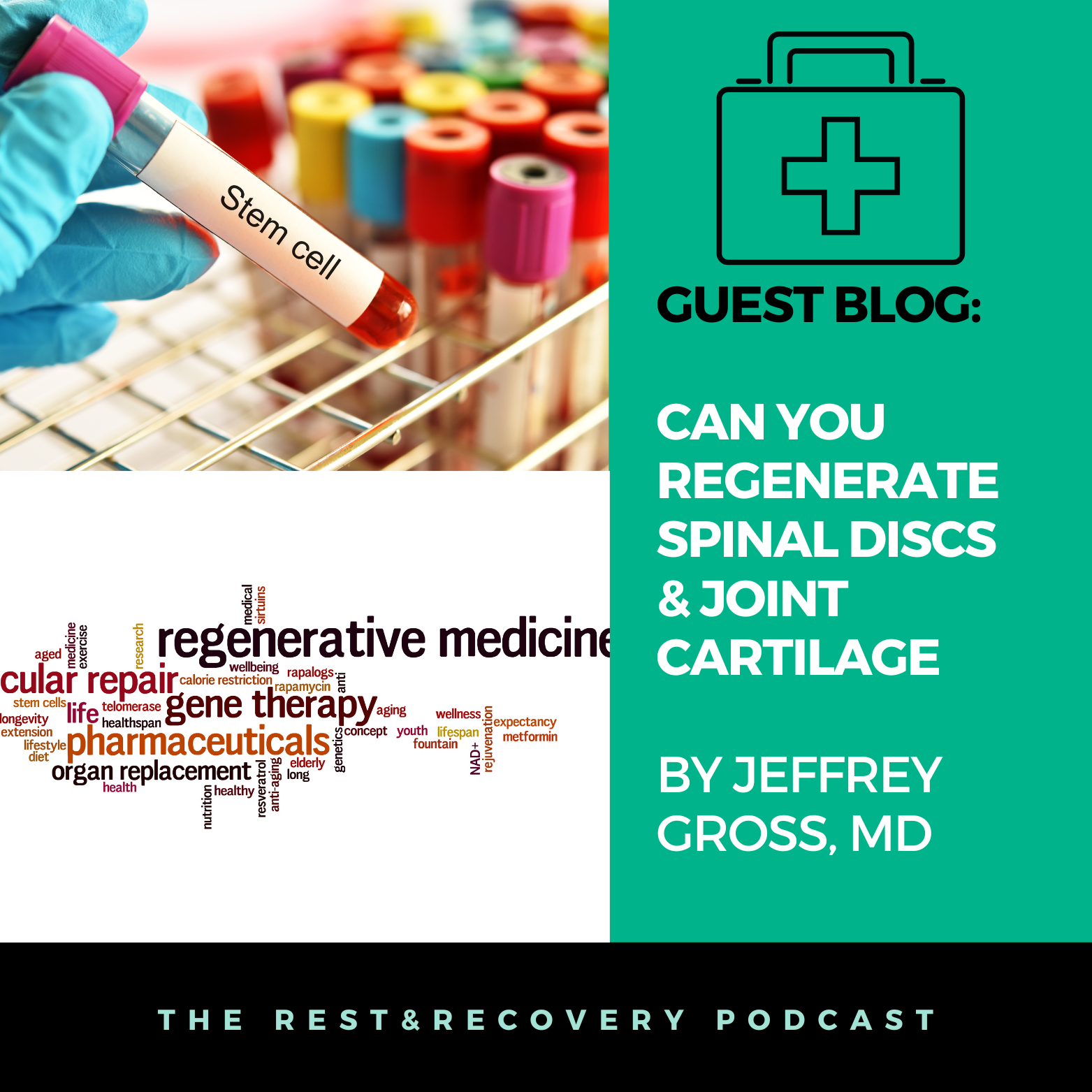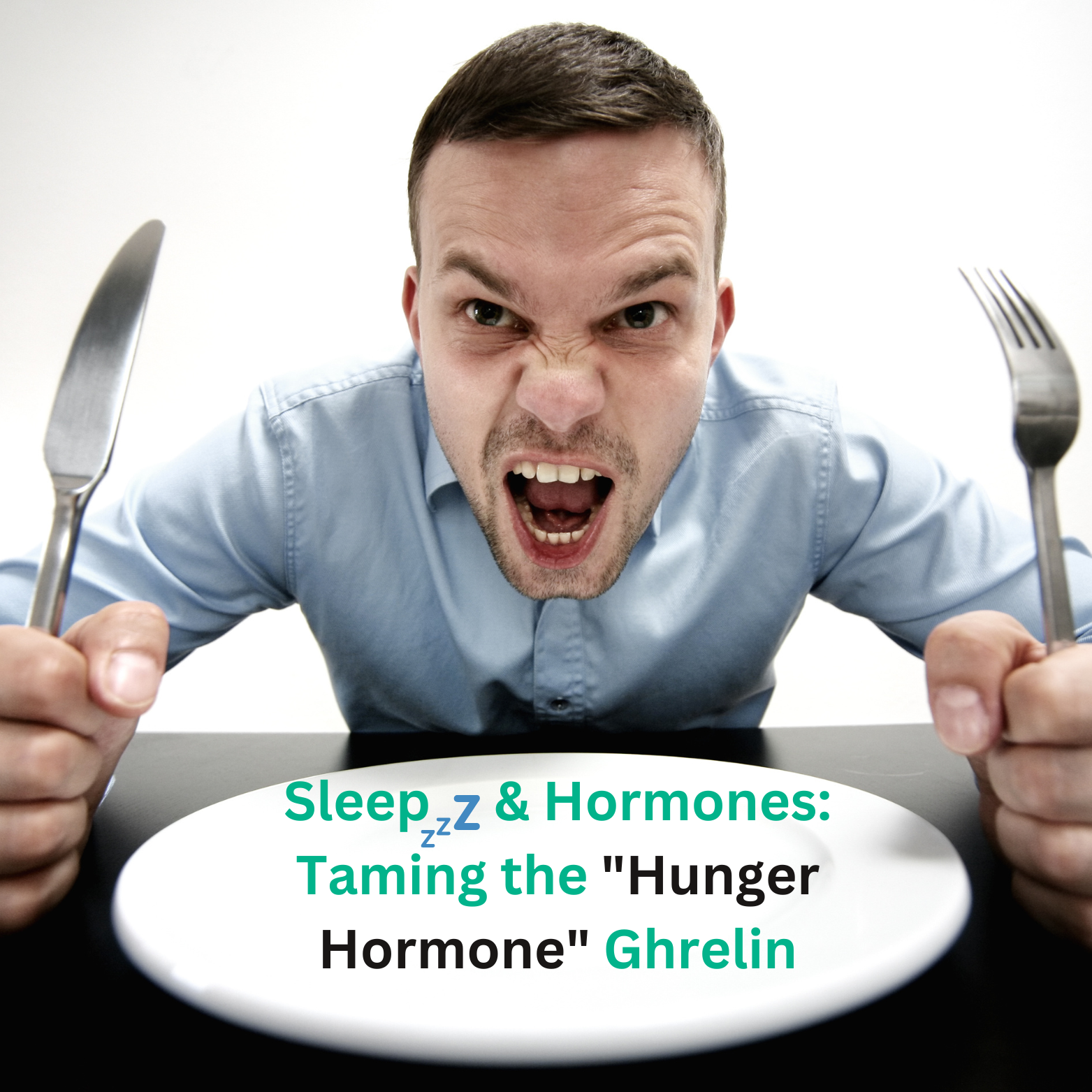Can You Regenerate Spinal Discs and Joint Cartilage?
Jeffrey Gross, M.D.
Stem Cell Whisperer
ReCELLebrate
Introduction
Traditional doctors have been slow to adopt the biotechnological explosion in regenerative medicine. There is little education in this arena, and few patients are offered regenerative options when facing possible cortisone injections or surgery. However, our bodies have the genetic blueprint to help us heal, like we did when we were younger. The key to this regenerative ability lies within our “stem cells.” Our stem cells in turn give rise to new cells, and also communicate with our regular cells to influence their programming from the usual pro-aging inflamed path to the anti-inflammatory and youthful path. There are methods to tap into our own natural ability to heal ourselves and repair our damaged tissues and organs. We have had the healing power all along and it just needs some reminders to kick into gear.
How does this work? Stem cells, and also stem cell-based therapies work to reduce accumulated chronic inflammation. This harmful cellular baggage serves to degenerate our tissues, and over time, deterioration of our organs and bodies is the result. Alternatively, regenerative medicine approaches work to return our cell’s programming to one that fights against inflammation as a more youthful person would. Although we need to create some inflammation as part of our defense mechanism to fight infections and other threats, as we age, our cells, including our stem cells become much less efficient at turning off the anti-inflammatory process, which then leads to chronic inflammatory (degenerative) cellular activity. This is like having a low leak of inflammatory activity that adds up. This chronic inflammation causes tissue degeneration. That is the essence of aging.
By awakening our sleepy and aging stem cells, we can achieve our goal of restoring the structural integrity and function of discs in the spine and the cartilage of the joints throughout the body. Degeneration of our cartilage tissues causes reduced moisture and flexibility of discs and joints, loss of volume of our cartilage (loss of cushioning where we need it), and less self-repair (regenerative) activity. This leads to osteoarthritis or “bone on bone” conditions.
Our bodies once had the youthful ability to heal itself rapidly without ongoing chronic inflammation. Think about how fast a cut heals for a child compared to an older adult. Regenerative medicine works by tapping back into those cellular activities which had become less efficient with time.
Cartilage Regeneration in a Nutshell
The spine consists of vertebrae (spinal bones) which are connected and supported by intervening discs. These discs act as shock absorbers and help to maintain the spine’s specific flexibility and stability. When the discs become damaged (including inflamed), they become degenerated, which we call “disc degeneration.” This degeneration has the hallmarks of loss of height (they become flatter), loss of water (they become dryer), and loss of cartilage-based proteins (they lose their elastic and cushioning properties). Disc degeneration can cause pain, stiffness, and can limit mobility. We all either have back pain or know someone that suffers from symptoms of spinal degeneration, when it becomes bad enough.
The same thing applies to joints, like the meniscus of a knee, but really to all cartilage type joint structures. Most weight bearing joints are subject to the same degenerative and inflammatory changes, particularly those that bear weight. Similarly, activating our own stem cells allows for a reversal of inflammatory degeneration on the joint, working to regenerate the cartilage tissues within a joint.
Cartilage REgeneration (the opposite of DEgeneration) is a restorative process by which degenerated discs are encouraged to repair themselves by producing more of the protein components of cartilage that improve the hydration and cushioning between the spinal vertebral bones and other joints of the body. This process is based upon injecting regenerative biologic factors to increase the local stem cell activity. Enhancing the local cellular activity to a more youthful (and anti-inflammatory) state encourages the production of proteins the cartilage needs to function better as well as to reduce pro-inflammatory (degenerative) proteins. This process affects local and neighboring cells. The goal of disc regeneration is to restore the structural integrity of the discs and relieve pain and stiffness.
There are studies with over 15 year follow-up on patients demonstrating the surgery-saving benefits of joint regeneration with the use of stem cells. Addressing discs and joints in this way can help reduce the need for spinal and joint surgeries, such as joint replacement.
Best Practice of Disc and Joint Regeneration
A variety of techniques are being used to assist with disc and joint regeneration, with the most useful approach being stem cell activation of the nearby bone marrow, where our stem cells are voluminous. The bone on either side of a joint (or spinal disc) is referred to as “subchondral” bone. This is a source of nutrients, blood supply and protein production to the joint or disc. Regenerative biologics to re-awaken our own stem cells are delivered to the subchondral bone. Studies show that these local bone injections, where our most active stem cells exist, are superior to joint injections.
Stem cells or exosomes (cell to cell communication “packets”) can be delivered to the subchondral bone to invigorate the process in which new cartilage proteins are made. Stem cells are master cells in our body that can take on the role or characteristics of nearly all other cells in the body through a process of “differentiation.” These cells are the most youthful cells and have a longer cell life, being able to divide more times than our aging differentiated cells. Our stem cells give off both their own growth factors (like those from PRP) and also provide signalling to our other cells and our own sleepy stem cells through extracellular vesicles (“exosomes”). These growth factors and exosomes rally our own cells into a productive healing and “anti-inflammatory” mode. This is a youthful and regenerative mode that slows with age. Through regenerative medicine, you can re-activate this process.
There are two main sources of stem cells. Stem cells can be harvested from our own body (usually from fat or bone marrow) or can come from someone else. If we use our own stem cells, they have to be concentrated down to get enough of an effect. Plus, the best stem cells are in our bone marrow, and they are painful to harvest. Fat sources are less painful to harvest, but those cells are affected by undesirable inflammatory cellular pathways and programming (obese tissue is inflammatory tissue). For best results, it makes sense to avoid aged stem cells when trying to obtain a youthful, healing, and regenerative response.
This is where the youngest sources of stem cells come in. The most youthful sources are “perinatal” being obtained from the remnants of a c-section birth. After a baby is delivered by C-section, the elements such as amniotic fluid, placenta, and the umbilical cord can be saved (instead of being disposed of). Using these stem cell-based products has no negative health impact on the mother or child, and there should be no ethical concerns. Expecting mothers are first screened and consented. The collected regenerative products are tested for infectious diseases and handled by FDA-certified labs in the U.S.
Being the most youthful, these perinatal stem cells and/or exosomes have the most regenerative and anti-inflammatory healing capacity. They are not affected by the accumulation of years of inflammatory, toxic, and oxidant exposure and degradation. Instead, they have the most robust healing activity. Further, stem cell biologic products from another donor person have largely not been known to create an rejection reaction in the recipient. This is because stem cells are “immune-privileged” and they modulate the immune system to the advantage of the person receiving them.
When delivered, these stem cells release exosomes also. Their regenerative activity stems from their communication and encouragement of our target cells to reduce inflammatory (aging) pathways, and to improve pathways of repair, healing, and youthful regeneration. These re-invigorated cells then become better at repairing DNA, making proteins (accurately) and improving metabolism within the cell (like a younger cell or younger person does). Through this effect, cellular programming is flipped from that of pro-degeneration, to that of pro-regeneration. This re-programmed beneficial cellular activity can last for days or weeks, or longer depending on the dose, strength, and nature of the degeneration or inflammation being addressed and the cellular health of the individual recipient.
Stem Cell Assistance for Disc and Joint Regeneration
In short, the goal of regenerative stem cell-based biologics is to assist the local spinal or joint bone and cartilaginous tissues to experience a reduction in the aging effects of chronic degenerating inflammation that leads to “osteoarthritis” – also called a “bone on bone” joint. At the same time, stem cell and local bone and cartilage cells can then focus on producing healing, anti-inflammatory, and structural proteins and related activities, like DNA repair, anti-oxidant production, and manufacturing of healthy, new cartilage.
Our own bodies can heal and regenerate disc and joint cartilage through the help of regenerative medicine, with injection of the local bone being the most long-lasting and effective method. Benefits include reduced pain, improved movement, and avoidance of pills, cortisone shots, or surgery, especially joint replacement surgery!
Conclusion
Regenerative medicine is a rapidly growing field of medicine that has already begun to demonstrate its potential to greatly improve the lives of those suffering from disc or other joint degeneration. Imagine being told you have arthritis or “bone-on-bone” status, only to have help reversing that with surgery! Currently available regenerative medicine techniques, such as stem cell therapy, and other stem cell activation approaches, mainly through injection, are being used to assist with cartilage regeneration in discs and joints to reduce pain and stiffness. Many people are not aware of these cutting-edge options, which are a wonderful alternative to pain medicines, steroid injections, or even surgery. If your doctor has not offered these options to you, it is possible that he or she is practicing what they learned from decades earlier. What we used to think was the future, is now the present. A second opinion may be your best option.





